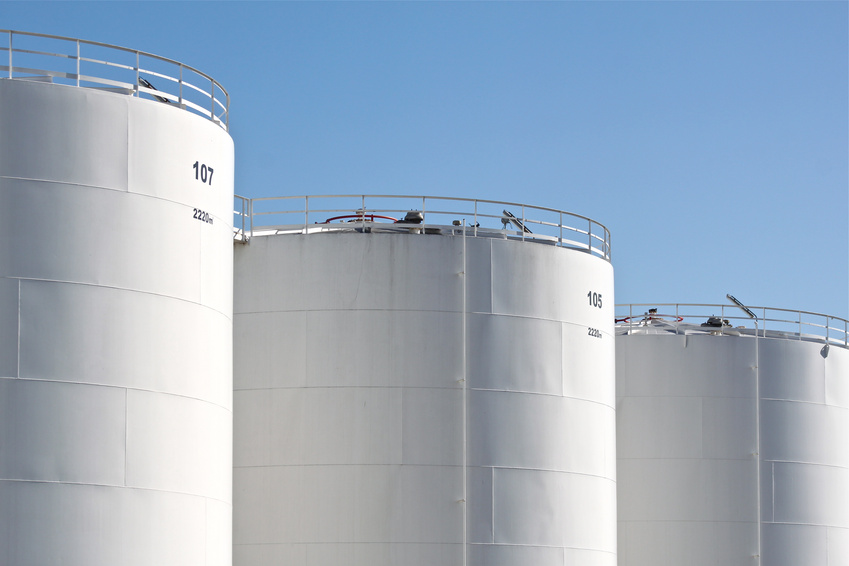
Environmentalists and land owners alike are concerned with proper storage and containment of fertilizers and other materials. If you are someone looking to purchase land, or if you currently own land and are considering switching crops you need to be concerned with the protocol for above ground storage tank inspection and other storage options for dangerous chemicals. Storage tank construction and above ground steel storage tanks require maintenance, regulation and inspections that can vary from state to state.
For example, new oil wells and storage tanks in Colorado must meet new requirements which include remote shut-in capabilities and secondary containment areas by summer 2015. Most of these new oil well and storage-related rules in Colorado apply to facilities in a 100-year flood plain, but not yet to higher elevations. The most recent spill of contained mining liquids in Colorado will surely bring even greater scrutiny to the above ground storage tank inspection processes and procedures.
Colorado is not the only state changing its guidelines for both liquid fertilizer tanks and below ground storage tanks. Oklahoma is also enforcing stronger regulations. The increasing attention to tank inspection and other safety requirements in Oklahoma likely come as a result of the increased earthquake activity in the state. For example, Cushing, Oklahoma, a transportation hub, is home to just 8,000 people, but as much as 87 million barrels of oil. When you combine the amount of oil that is stored in this location with the latest Oklahoma earthquake statistics you might be able to understand the increased concern about above ground storage tank inspection procedures and underground tanks inspections and guidelines as well.
Alarmingly, Oklahoma state is on target to break through 800 earthquakes over 3.0 on the Richter Scale in the year 2015. Many believe this increase is linked to fracking, a controversial procedure used by the oil industry. The Oklahoma Geological Survey logged more than 4,000 earthquakes by late 2014, an average of 14 per day; this may be dangerous, especially with millions of barrels of oil stored in the state.
Environmentalists and citizens alike will continue to demand high standards for the containment of chemicals that could damage water supply and soil content. Since regulations and inspection procedures vary by state, it is important that current and future landowners carefully consider tank containment options. Taking the time to research the benefits of the appropriate coating for your tank storage is a becoming more and more crucial when everyone is demanding accountability for the storage of hazardous chemicals.
